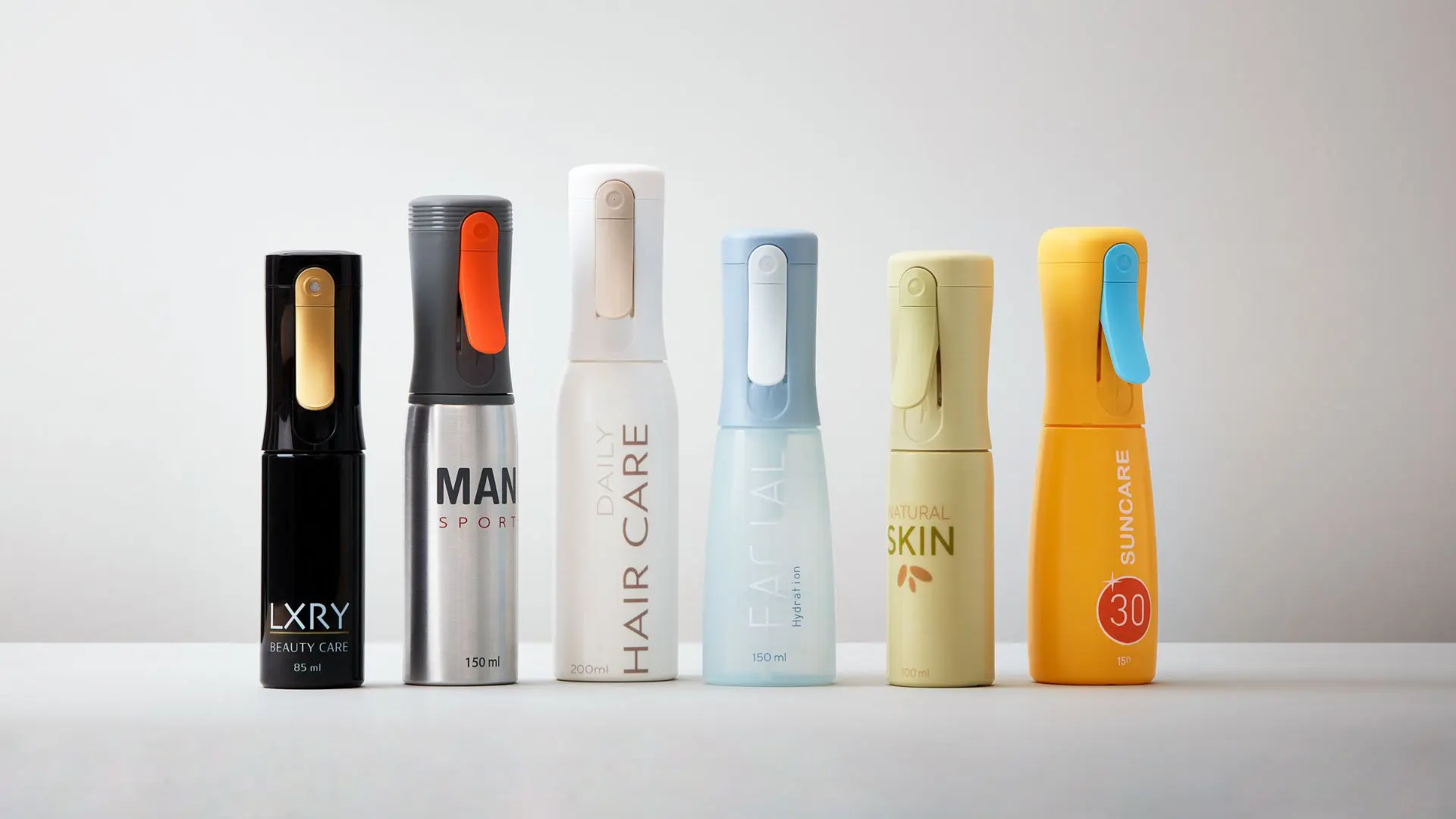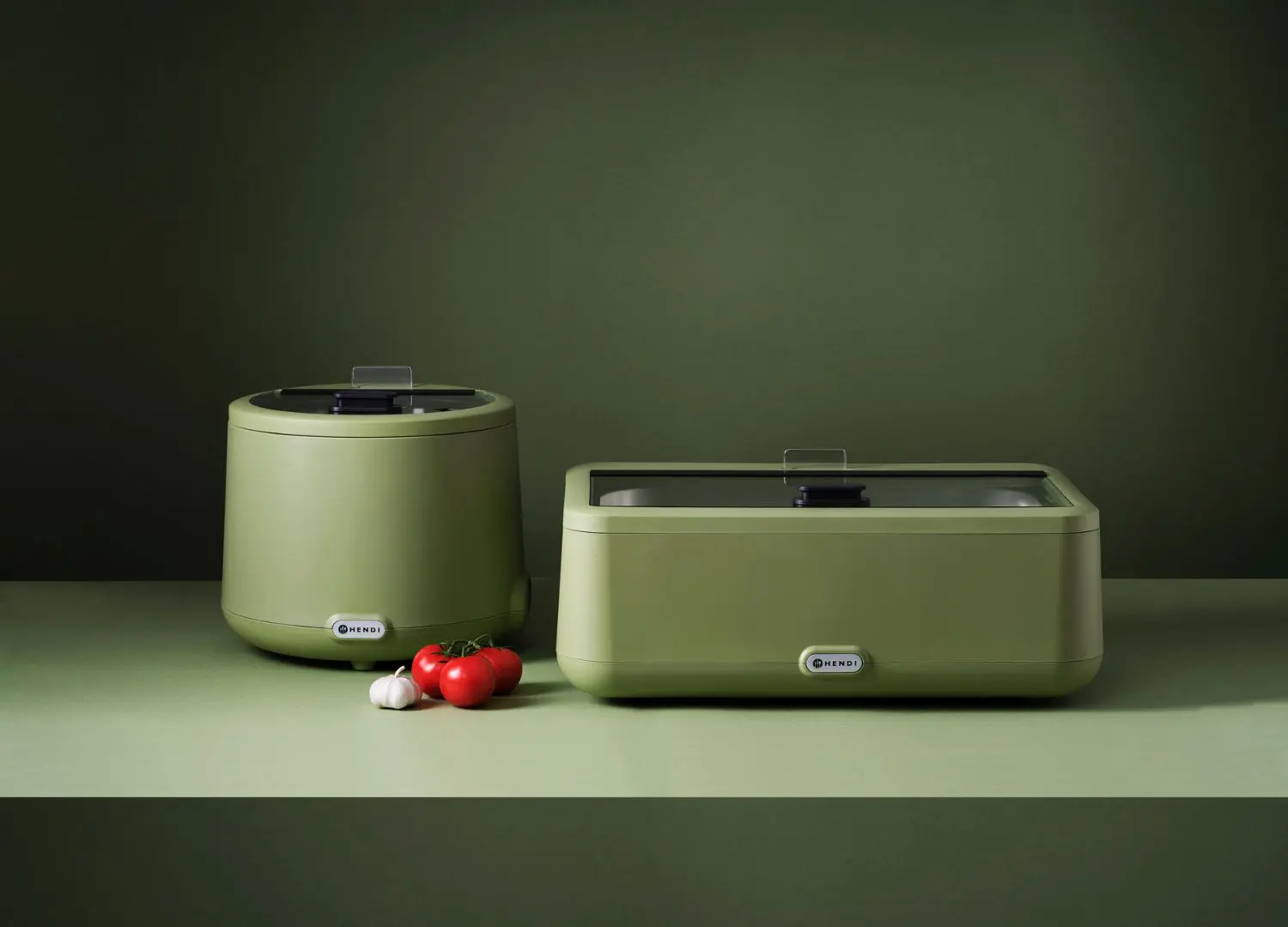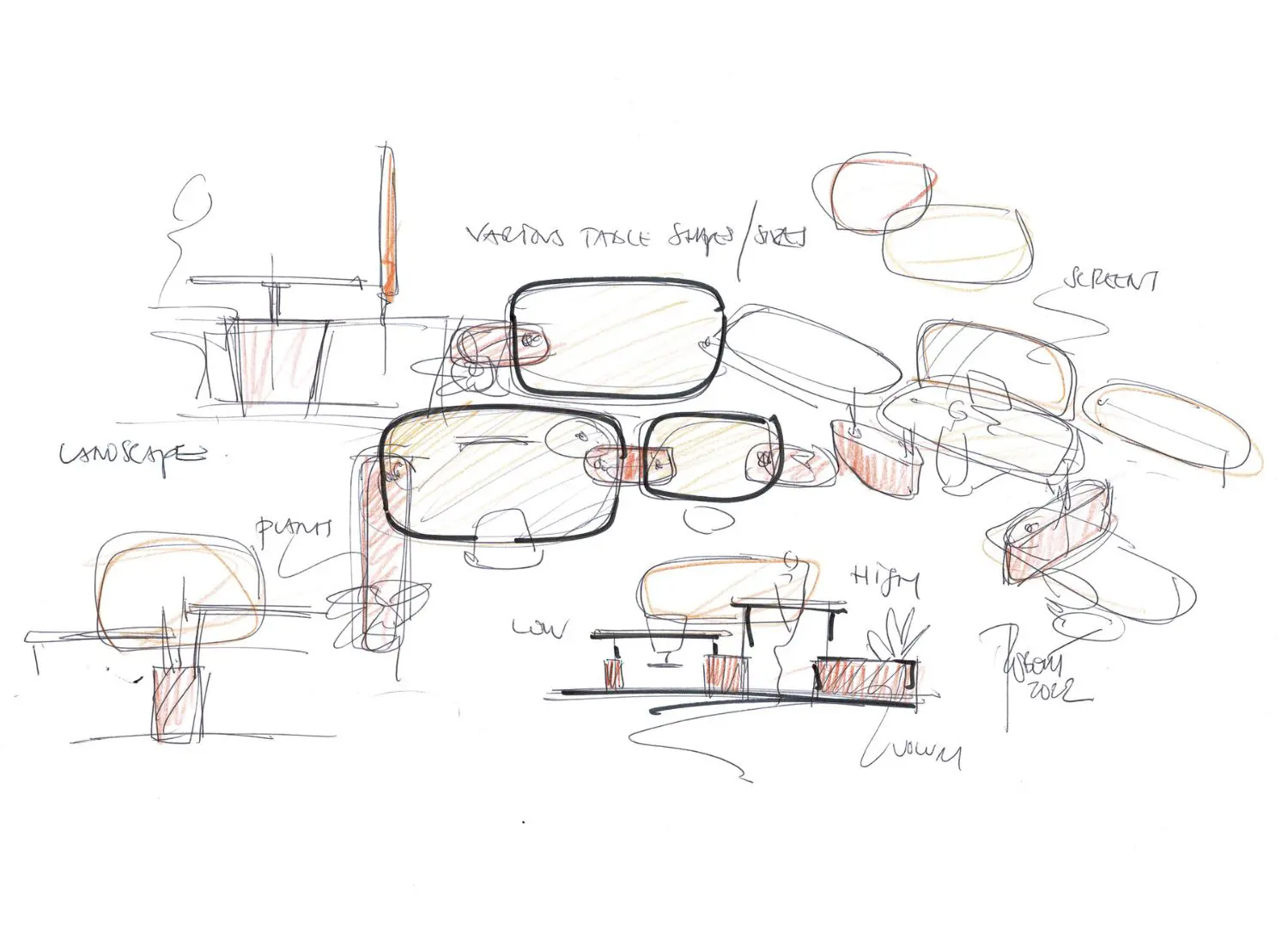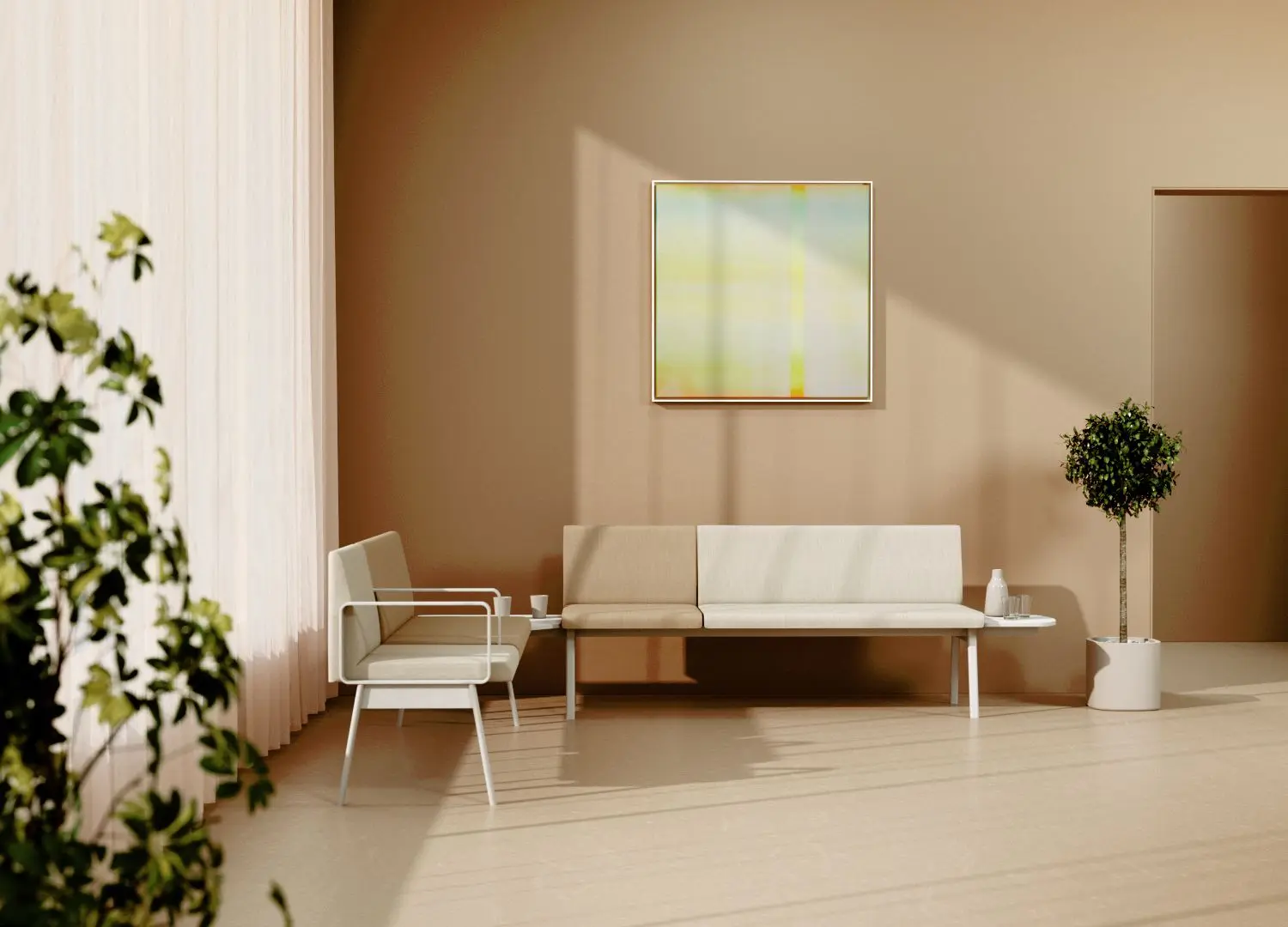Exploring the meaning of environmental efficiency with Robert Bronwasser
“For me, a good design is a product that will last a long time and that people use with great pleasure every day because use, design and quality have been carefully considered” says the designer.

Recently, I had an engaging conversation with the Dutch designer Robert Bronwasser, founder of the namesake Robert Bronwasser design studio based in Amsterdam, about his upcoming event in Milan. A crucial question quickly emerged: what makes products sustainable?
I’m aware there are numerous answers to this topic, and it’s now accepted that addressing the entire production process with a strong emphasis on circular principles is necessary. However, Robert’s words highlighted a point I find particularly significant: the importance of creating products that last over time.

This partly took me back to my childhood. I distinctly remember that the main promise of product companies was to ensure their items were durable and could withstand time and use. Back then, the goal was to create products that were not only long-lasting and sturdy but could also be handed down to future generations. And indeed, that was the case.
But in recent years, something has changed. There’s been frequent discussion about planned obsolescence. Adding to this, to compete in price wars, companies began to compromise on material quality, knowing that this would shorten the consumption and purchase cycle, thereby boosting sales. From my perspective, the real question today is: if we return to producing products that withstand the test of time, how will companies need to revise their business models?

This might seem like a minor detail, but it’s not. Reducing sales to make purchases more conscious and of higher quality will have implications on revenue. Therefore, I believe companies are at a historical juncture where they must realize that addressing sustainability issues requires a focus on value-added services, where products might become commodities and the consumer receives value in other forms. Following our chat, I posed several questions to Robert, also in anticipation of his exhibition project that will take place in Milan during the April design week.
At Masterly – The Dutch in Milano, Robert Bronwasser will unveil his approach to eco-friendly design through four groundbreaking ideas in mobility, food, technology, and housing. The emphasis is on creating timeless solutions. He argues that the future requires not just upgrades to existing systems, but a revolutionary shift in design philosophy and methodology.

From the perspective of Robert Bronwasser studio, if you were to delineate three priorities for advancing sustainable product development, what would they entail?
Robert Bronwasser:
“I would say:
- Is it useful/necessary. So ask yourself in advance whether the product is really necessary, solves a problem, improves something or adds something. Many new products are (form) variants of the same thing or make simple functions far too complex.
- If the product has a certain need and can add value, can you design it in a clear and simple way, with respect for the user and the environment
- Make it last as long as possible. So don’t develop products for a short lifespan, based on trends that quickly become outdated. But develop products that are so well designed that they last a long time. This means you have to think about a product that in design, functionality and quality has to last.”

How does one go about innovating new design archetypes, taking into account shifts in social dynamics, technology, and culture? Where does the process begin?
Robert Bronwasser:
“For me, function and use are always the core of a product. So why, what for and how should people use it. Making the way of use as logical and easy as possible is the basis of a good design. This is always the start of the process.
In this process I take into account social changes, the application of new technology and the culture in which the product will be used. Because products should last as long as possible, this means that you have to take into account the fact that the product remains relevant.”

What fundamental principles should underpin these fresh archetypes, and across which product categories can they be effectively applied?
Robert Bronwasser:
“Technological innovations and major social changes mean that products sometimes have to change their archetype. A well-known example is the telephone. The transition from a wired device to a smartphone has created a completely new archetype.
You also see product categories where this is much slower. Such as the electric bicycle and car. In my opinion, the products remain far too much in their dated archetype, while the technology and modified uses leave room for much more innovation.”

What role do designers play in leading companies towards environmentally efficient? Moreover, what specific actions must they take to ensure their ideas are not only heard but also embraced and implemented?
Robert Bronwasser:
“Designers must continue to think and inspire by coming up with examples. Environmental efficiency does not mean making existing products from recycled materials or making them circular. It starts with looking again at its use and the solution it should offer. It is very important now that designers come up with new solutions and possibilities.”

The preceding inquiry is prompted by your upcoming project presentation at Milan’s design week, funded solely by your studio. What motivated your decision to pursue independent endeavors? And what outcomes can we anticipate from this initiative?
Robert Bronwasser:
“As I mentioned in my previous answer, I see an important role for designers to show vision and inspire. In addition, as a designer who works for the industry, it is very important to have a clear vision of what you think is needed. My presentation in Milan was actually a good deadline for myself to think about how I, as a designer, think about design, sustainability and how I can apply that vision.
By doing this independently of my clients, you can go one step further. The result is that I have created a new design on four themes that reflects my vision. Not intended for immediate production, but intended as a discussion piece, something to which people can respond.”

Lastly, what, in your opinion, constitutes good design? What should inspire designers who seek to have a genuine impact on people’s lives when designing new products?
Robert Bronwasser:
“For me, a good design is a product that will last a long time and that people use with great pleasure every day because use, design and quality have been carefully considered. You handle a good product with care and have it repaired. Recycling is actually only the last step.”
















